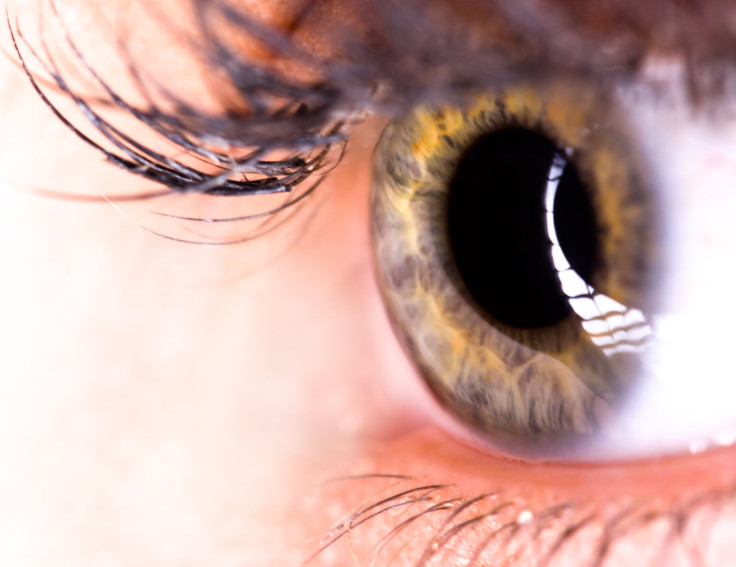Stem Cell Discovery In Eyes Could Possibly Be Used To Cure Age-Related Blindness

Age-related macular degeneration is one of the leading causes of blindness in the world and estimated to affect one in five people by the age of 75. Eye sight loss has been so closely associated with old age that it is no longer viewed as an actual condition but rather an inevitable part of getting older. A new breakthrough in stem cell research from scientists in the UK may soon change all this with its promise to bring light back into the lives of the many confined to darkness.
Scientists at the University of Southampton in the United Kingdom have identified a unique type of stem cell in the human eye that can be manipulated into light sensitive cells, and more importantly potentially reverse the effects of degenerative blindness. In the case of age-related macular degeneration, individuals will experience blurred and distorted vision before they eventually lose their sight altogether. It is largely caused by the loss of photoreceptor cells, or cells needed to see light. In a recent study, a team of scientists have found a way to possibly replace these lost cells and reverse the condition’s effects.
Right in the front surface of the eye, between the clear cornea and the white sclera, lies a region called the “corneal limpus.” Stem cells from this particular part of our body have been proven to behave exactly like photoreceptor cells in the right environment. So far, this environment has only been created in laboratories, but since these stem cells exist in eyes throughout our lives, it is believed that with more research these stem cell-created photoreceptors could be used in future therapies to reverse the effects of blindness. “These cells are readily accessible, and they have surprising plasticity, which makes them an attractive cell resource for future therapies,” explained Dr. Andrew Lotery, lead researcher on the project, in a press release.
These cells have not yet been transferred back into a human eye, and according to Lotery, “more research is now needed to develop this approach before these cells are used in patients." Still, if the process works it could mean that millions living with blindness caused by age-related macular degeneration could be able to see again using their very own cells. Theoretically, the stem cells would be taken from a patient’s eye, grown in a lab, and then replanted into the eye. This possibility is even more exciting when you factor in that, at the moment, there is no cure available for those blind due to loss of photoreceptor cells. Clinical trials should begin within five years, The Telegraph reported.
Source: Lotery A, Chen X, Thomson H, Cooke J, Scott J, Hossain P. Adult Limbal Neurosphere Cells: A Potential Autologous Cell Resource for Retinal Cell Generation. PLOS ONE. 2014.
Published by Medicaldaily.com



























